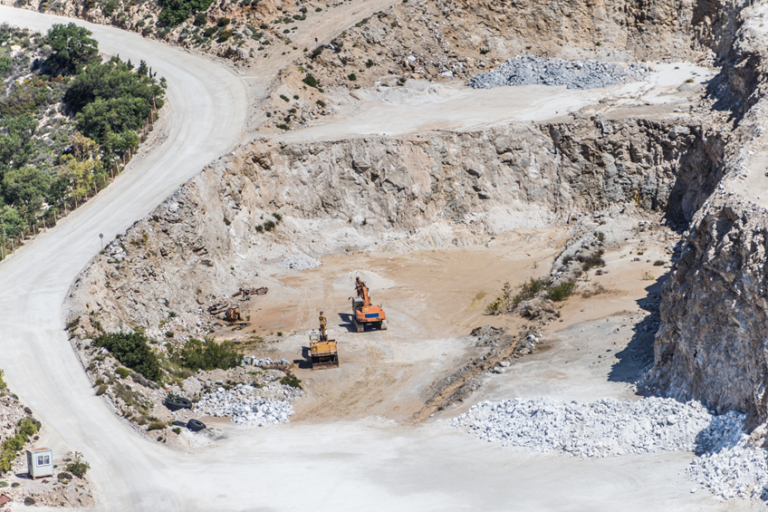Liebherr is charting a forward-thinking course in sustainable drive technology by enhancing its combustion engine portfolio with groundbreaking innovations. At the upcoming Bauma 2025, the company will unveil three major developments: the powerful D9612 diesel engine, a cutting-edge hydraulic air charging system, and a concept for an ammonia-powered engine. These innovations reflect Liebherr’s commitment to delivering efficient, adaptable, and future-ready power solutions for sectors like construction, agriculture, and heavy industry.
The newly developed D9612 diesel engine targets demanding off-road applications, offering a maximum output of 950 kW. Designed for high performance under harsh conditions, it combines power with fuel efficiency and lower emissions. The engine is tailored to meet the varied needs of industries such as construction, mining, and agriculture, and will be showcased at Bauma 2025 at booth 326 in Hall A4.
To tackle the challenge of emissions from combustion engines, Liebherr has developed a hydraulic air booster system. Traditional lean-burn engine modes reduce CO₂ emissions but can compromise engine dynamics. Liebherr’s innovation uses hydraulic energy—normally lost during pressure release in machines—to drive a mechanical compressor when extra power is needed. This enables a quicker response to load demands, significantly reduces turbo lag, and improves overall engine efficiency and fuel consumption.
As Bouzid Seba, Head of Pre-Development at Liebherr Machines Bulle S.A., explains, the system captures and stores hydraulic energy, which is then used to compress air and feed it into the engine on demand. This dynamic air boosting not only improves performance but also makes the system compatible with alternative fuels like hydrogen and ammonia. Both fuels benefit from excess air for cleaner combustion but typically suffer from sluggish response times—an issue the air booster can resolve.
In parallel, Liebherr has heavily invested in hydrogen engine development since 2020, establishing dedicated test benches and prototypes such as the 6-cylinder H966 engine. This model, displayed at the same Bauma booth, uses port fuel injection (PFI) and has demonstrated promising performance and emission results both on test stands and in the field. Liebherr continues to explore direct injection (DI) and other advanced combustion technologies to optimize hydrogen engines further.
Adding another dimension to its sustainable roadmap, Liebherr introduces a concept for an ammonia-powered engine. Ammonia, serving as a hydrogen carrier, offers advantages like easier storage and transportation. Research into dual-fuel engine concepts using green ammonia has shown promising results, paving the way for emission-free or ultra-low-emission solutions. Ammonia-powered generators could complement localized power systems, especially in sectors like mining. A mock-up of this engine concept will be featured at Liebherr’s main stand in the Atrium during Bauma 2025.
With this multifaceted approach—combining enhanced diesel technology, hydraulic innovation, and alternative fuel exploration—Liebherr is boldly redefining the future of combustion engines. The company’s investments underscore its vision to develop scalable, sustainable drive systems that align with global climate goals while meeting industrial demands.
Find the original press release here.

